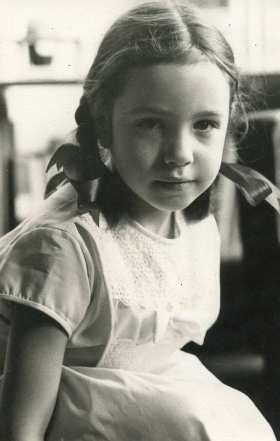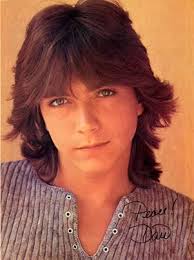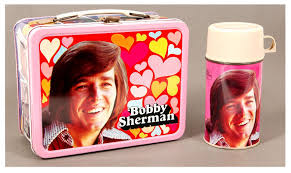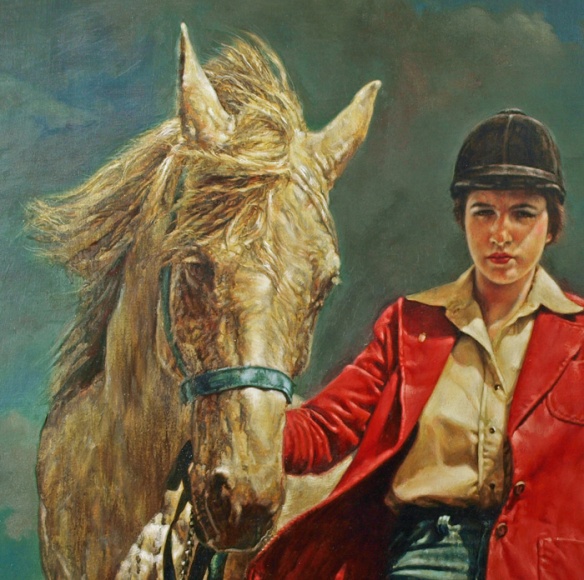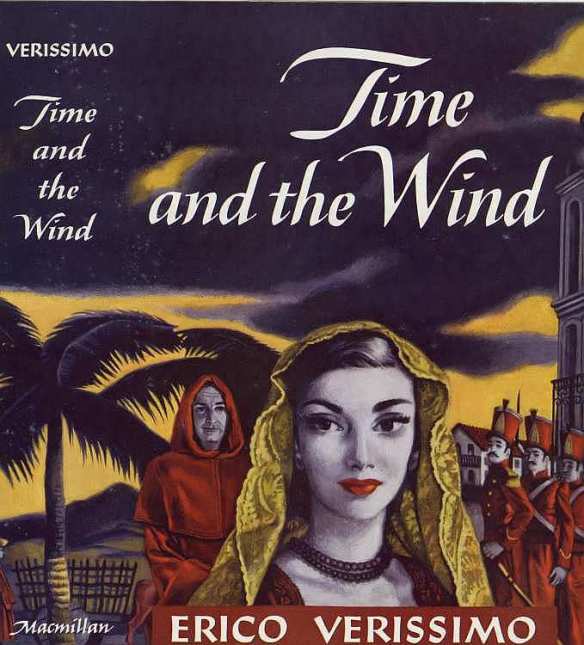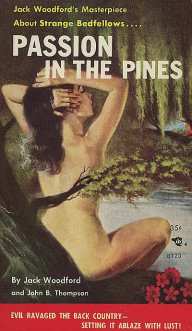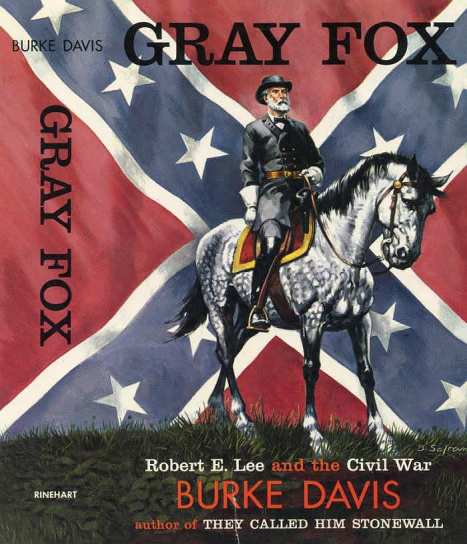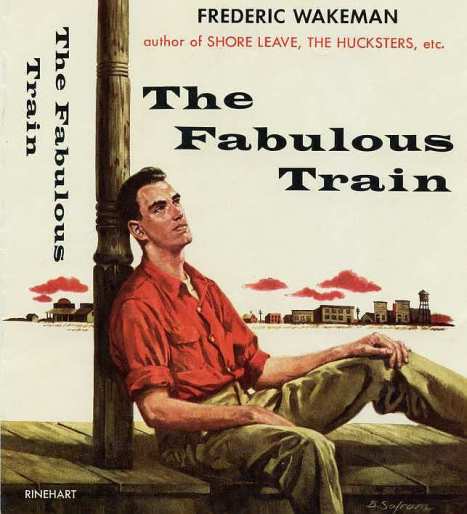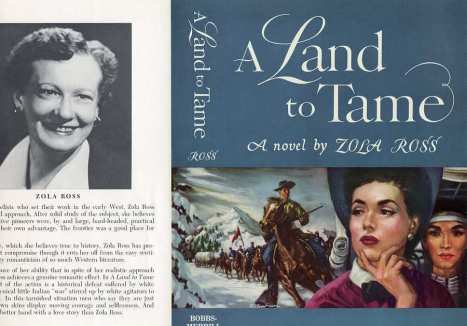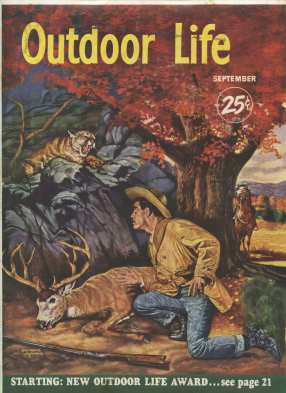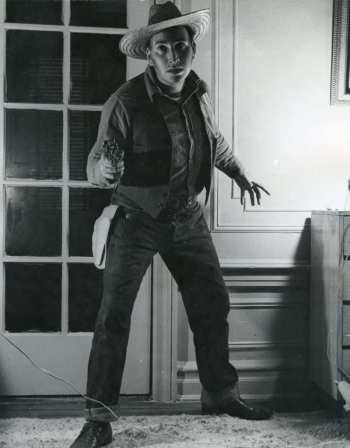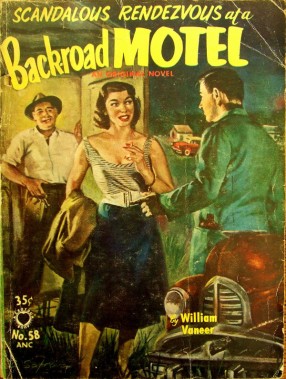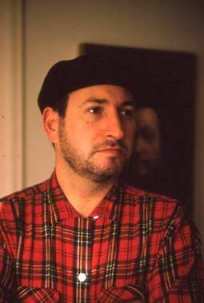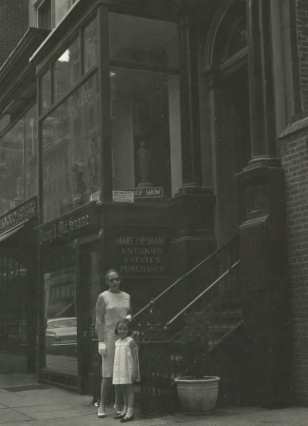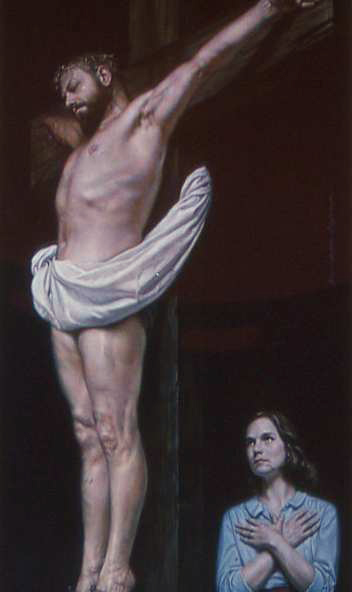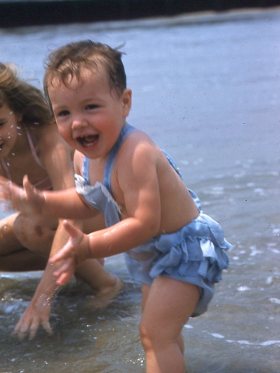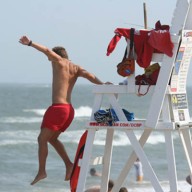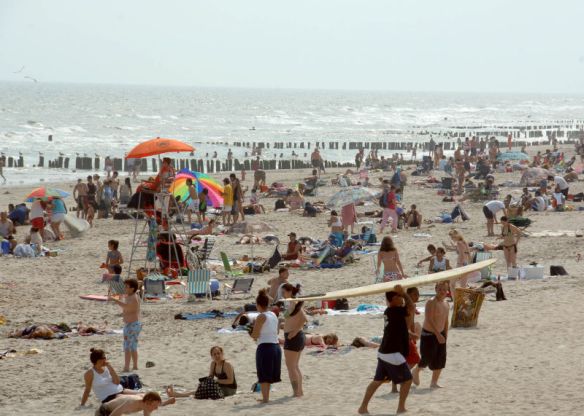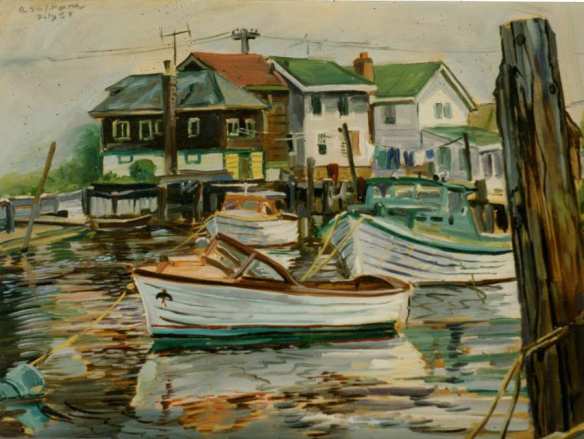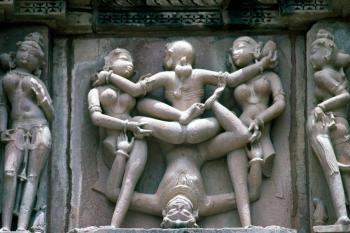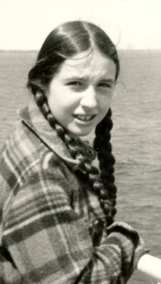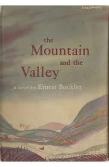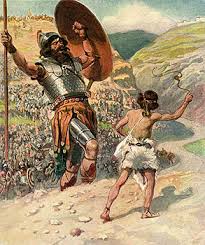When I look back on my childhood I realize that I had some interesting friends when I was little.
I went to PS 8 elementary school located in Armour Villa Park in Yonkers, New York. Many of the kids that went there were from well to do families that lived in the area; many of their parents were high powered professionals who worked in NYC – a thirty minute commute by train. There were also a few UN ambassador’s kids too. So when I went to my friends’ houses they were invariably bigger and fancier than my own little home, but it never occurred to me that they were privileged or any different from me.

I can’t believe I found a picture of my old elementary school and the original square building looks exactly the same as when I went there. In the mid 1960s they built a small addition to the school while I was there – but now the school looks enormous with big additions on all sides. Those three windows above the main door were the principle’s office – I only had to go there once and I was so scared – so scared I don’t even remember why I had to go there – probably for talking too much… the usual reason I had to stay after school.
As I mentioned in an earlier post, by grade 6 many of my friends were out of my life completely – even at school. They had either moved away, had been sent to exclusive private schools, or I wasn’t allowed to play with them due to my father’s intense paranoia of everyone..
One girl, Anna, was the only kid I knew who went on to Burrough’s Junior High when I did. She amazed me by showing up there in Grade 7 with bright turquoise eye shadow – the only external change from her usual small, plump, innocent appearance. She had long dark braids (like me), and she dressed much the same in kilts and shirts, sweaters and thick woolen stockings.
One of her claims to fame was that she lived for a while in Ava Gabor’s Bronxville home (I guess her family rented it). We weren’t allowed to go into the main part of the house – especially the living room – I remember it as pale green with very fancy silk upholstered furniture and every surface, including the floor, seemed to be covered in plastic. The other memorable thing about that house was that it had a beautiful outdoor swimming pool surrounded by a wrought iron fence and masses of roses. I was very jealous of this – especially when I arrived one time and Anna was just leaving the pool for the day like some Shirley Temple kind of kid movie star in a one piece bathing suit…

This is a giant male Newfoundland dog – and its one of the few pictures that features the ever present drool – that’s why I chose this image. You also get a good idea of how big the mouth of a Newfoundland is especially to a little kid.
I only saw her father once – he was very tall and he looked a bit like Boris Karloff to me – her mother looked a lot like Anna to me – short, plump and sweet and she had a British accent I think. My mother told me once that her father was in oil which mystified me: how is one in oil and what kind of oil? and what did you do with oil anyway?
Anna soon moved to another elegant house and at the same time acquired an enormous Newfoundland dog named Emma. The first time I met the dog she gently swallowed my arm up to my elbow – I remember my shock at this, and how I slowly pulled my arm all dripping with saliva, out from her mouth. Emma was young and rambunctious and loved to bounce around us when we played in the children’s big play room.
Another friend, Cory (short for Cornelia) had “help”, and when I was over we’d be fed in the kitchen at a little table by a lady who worked there (a cook, a housekeeper??). Like many of the homes I went to, we were only allowed to play outside in the yard or in my friend’s room. We usually went up the back staircase from the kitchen to her room – avoiding the main house. The downstairs of the elegant house was pristine, but my friend’s room was a total disaster – a real comfortable mess (as most of the upstairs of these elegant houses were).
On one occasion I was invited to stay for dinner and it was a terrifying experience. The dining table was very long, dark and shiny, and big as I remember – so it seemed like I was a mile away from the safety of my friend. And both of her parents (her dad in a three piece suit on one end, and her mother dressed for dinner and in heels at the other end) were there and they asked me polite conversational questions – which at that young age was a nerve wracking task to get through. Also, they served artichokes which I’d never seen before and it was very scary and humiliating to have to admit I didn’t know how to peel the bits off, dip them into the sauce, and then politely nibble the ends off.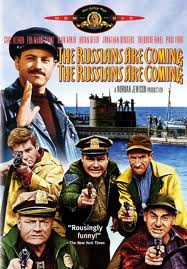
This friend of mine, Cory, had a fabulous birthday party one year out in her big yard. At some point we were all ushered into a room to watch a private screening of the movie The Russians Are Coming The Russians Are Coming – (I think it was before the film was released to the public). All of us kids sat in a couple of rows of chairs in front of the big screen, and a bunch of men in suits sat and chain smoked off to the side.
I was invited out with Cory and her mother on a couple of occasions to go into the city: once to go to the ballet at Lincoln Center, and sometime around 1970, to go to a zoological show there. I remember holding a snake and feeling its smooth dry skin. But the most remarkable experience was going into the giant theater and having the lights go down and listening in the dark cavernous room to the first recordings of whales singing – it was mesmerizing, and made a huge impact on me… (to see beautiful video of humpback whales and hear them singing go to: http://www.youtube.com/user/TheOceaniaProject?feature=watch)
I didn’t know (until researching this post) that my childhood friend Cory grew up to be a very important and influential person like her parents… If I could only remember all the names of my childhood friends I’d probably find that a number of my old school chums also went to the finest schools and became significant people – it was that kind of community.
My little friend Ya Ling was apparently a member of China’s Imperial Family... her mother was a very distinguished woman and she proudly told my mother this fact once over a cup of tea.
Ya Ling was my only friend at that age who was a big fan of pop stars; she had posters of Bobby Sherman and David Cassidy and the Partridge Family up in her room. And she was also my first friend with a skateboard which we unsuccessfully attempted to ride in front of her house on her quiet street, and on the uneven stones of her back patio.
Ya Ling and her parents once took me into the city to Chinatown where we had a big feast of roast duck (my first time seeing a whole roasted animal and my first time trying hot curried bean curd) – they also bought a giant bag of fortune cookies that my friend and I ate in the back seat of their car all the way home – I remember it was raining because I can still see in my mind the shiny black streets and the bright glowing lights of Manhattan reflected in them.
One of my happiest memories was from when I was over for her birthday party and we were playing a dare game – it was my turn and and I had to go kiss one of her uncles. The men were downstairs playing some game at a table in the living room – they all seemed terribly old to me. So I ran downstairs with my friends giggling behind me, ran through the kitchen to the living room and kissed the lucky uncle who sat closest to the door on the cheek. Everyone laughed – it is one of those crystal clear memories for me, no doubt because of the heightened emotion of the moment and the intense feeling that I was suddenly part of a warm loving, happy family.

